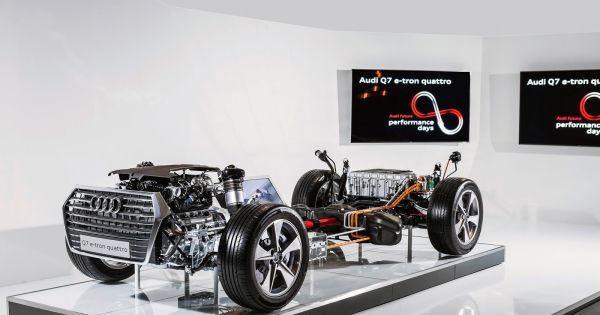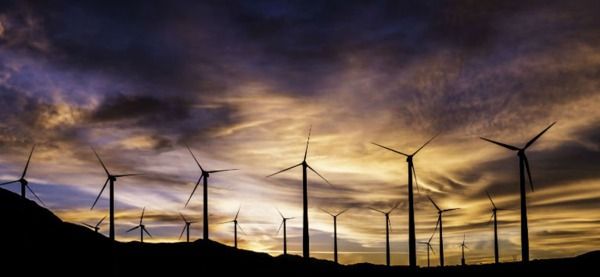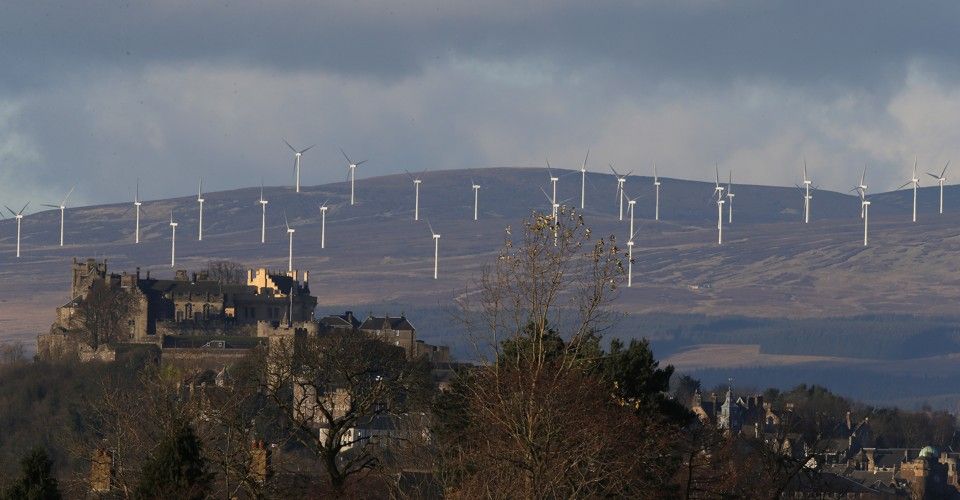Archive for the ‘energy’ category: Page 332
Aug 19, 2016
Audi’s New Suspension System Converts Potholes Into Energy
Posted by Shailesh Prasad in categories: energy, transportation
Audi has designed an active suspension system called eROT, which allows the electromechanical dampers to store the energy from bumps and potholes for use in the car. It also makes the ride far smoother, adapting the car to the road.
The automotive industry’s ‘green revolution’ hopes to make electric vehicles far more efficient. Every bit of force under the hood should be used to its maximum potential. That why you have concepts such as regenerative braking, which return some of the energy used in braking back into the system.
But Audi is looking at tapping another roadway staple: potholes. It has created a system called eROT, an active suspension system that stores the energy when a driver hit potholes, bumps, and other forces that induce kinetic energy on a car.
Continue reading “Audi’s New Suspension System Converts Potholes Into Energy” »
Aug 19, 2016
For The First Time Ever, Wind Power Generated 106% of Scotland’s Energy Needs
Posted by Shailesh Prasad in categories: energy, sustainability
The environmental group, WWF Scotland, confirmed that on August 7, 2016, wind power alone generated 106% of Scotland’s electricity needs for the single day. This shows that with more development, renewables are capable of eventually replacing fossil fuels.
We have been harnessing the wind’s energy for hundreds of years. Traditionally, it has been used to pump water or grind grains with the help of windmills. But recently, windmill’s modern equivalent, the wind turbine, has just achieved an incredible feat—generating 106% of an entire nation’s electricity needs in just one day.
Data analysis from the environmental group, WWF Scotland, has confirmed that on August 7, 2016, wind turbines in Scotland pumped 39,545 megawatt-hours (MWh) of electricity into the National Grid, while the nation’s total consumption stood at 37,202 MWh—which was 2,000 MWh over than what the nation consumed.
Continue reading “For The First Time Ever, Wind Power Generated 106% of Scotland’s Energy Needs” »
Aug 19, 2016
‘Interscatter communication’ could help your brain implant talk to your iPhone
Posted by Klaus Baldauf in categories: energy, internet, mobile phones, neuroscience, wearables
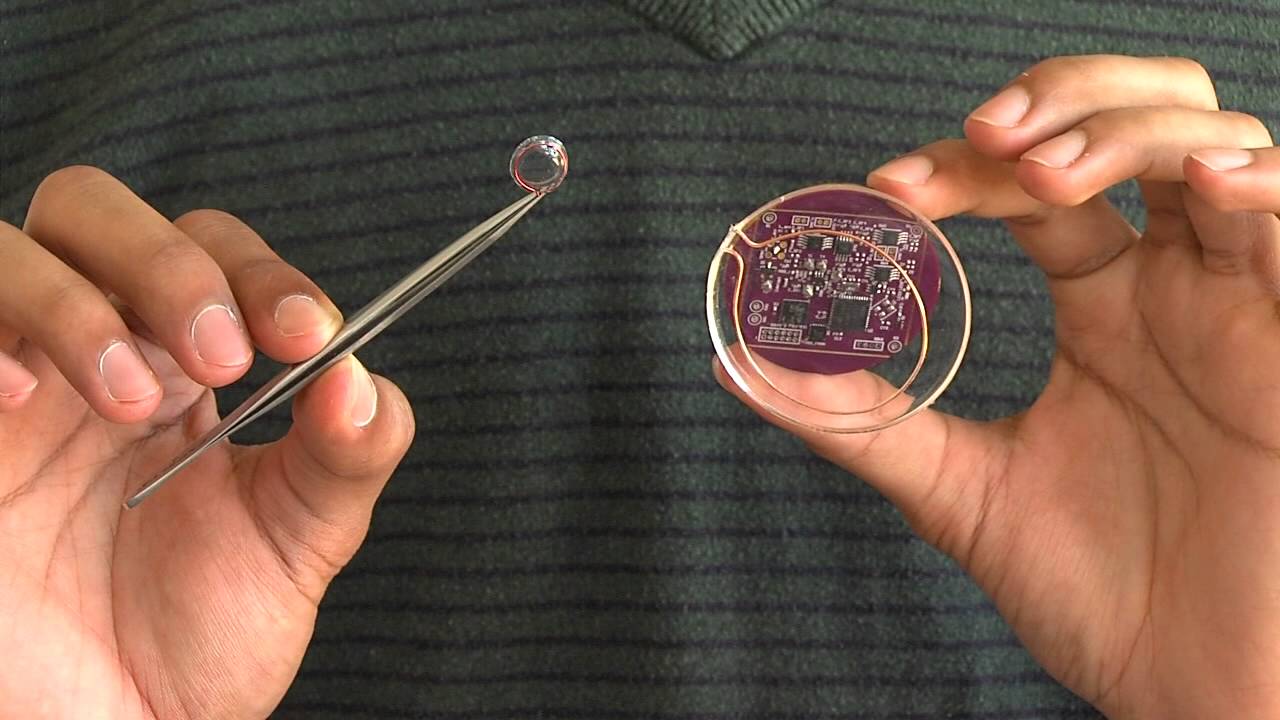
Researchers have created a way of letting next-gen wearables and implants communicate with the outside world using 10,000x less power than regular Wi-Fi.
Aug 19, 2016
Use Directed Energy for transformational applications and bring all of Humanity to space
Posted by Klaus Baldauf in categories: energy, space
A123 and SolidEnergy are collaborating on development of a new electrolyte technology that enables lithium-ion battery designs with 4 times the energy density of today’s technology.
A123 Systems Jeff Kessen, 734.772.0345 [email protected]
Aug 16, 2016
Solid batteries improve safety — By Fabio Bergamin | Phys.org
Posted by Odette Bohr Dienel in categories: energy, environmental, science
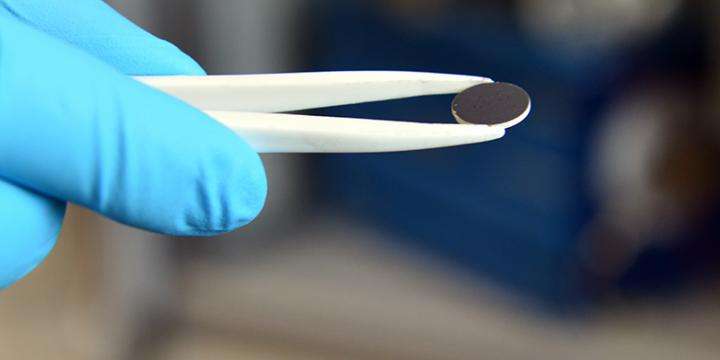
“Researchers at ETH Zurich have developed a lithium-ion battery made entirely of solid material: it contains neither liquids nor gels. The battery cannot ignite, even at very high temperatures, giving it a safety advantage over conventional batteries. In addition, they allow new forms of battery design.”
Tags: Batteries, Lithium-ion
Aug 15, 2016
Goodyear’s energy-generating tire could charge your electric car
Posted by Shailesh Prasad in categories: energy, transportation
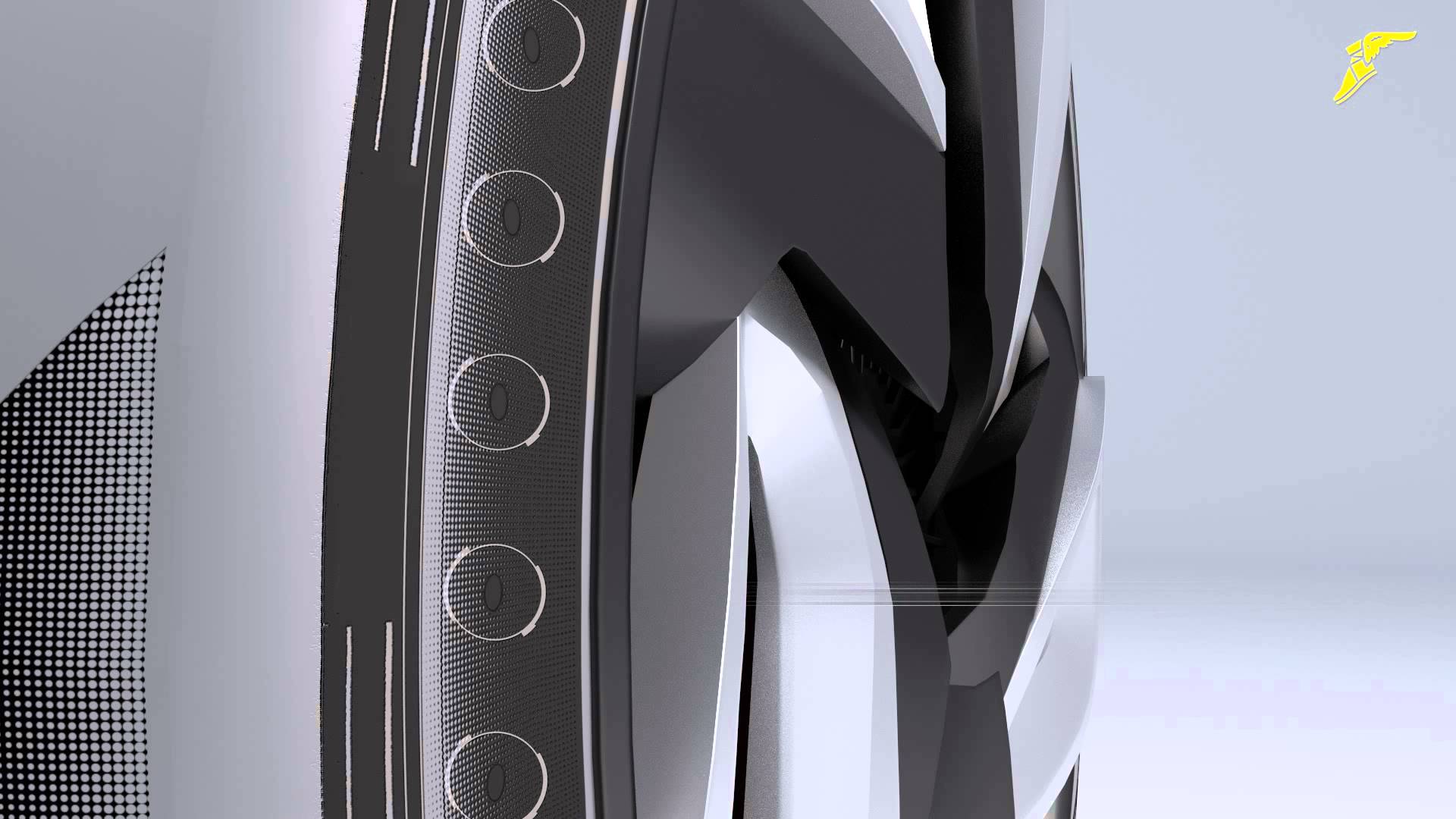
Goodyear’s BH03 concept tire looks to capture the heat generated by tires when they move, and why they absorb sunlight when stationary, to charge electric car batteries.
Aug 12, 2016
Scotland Covered an Entire Day’s Electricity Needs From Wind Power Alone
Posted by Dan Kummer in category: energy
Aug 8, 2016
DARPA’s new program engineers building materials with living systems
Posted by Karen Hurst in categories: 4D printing, energy, habitats
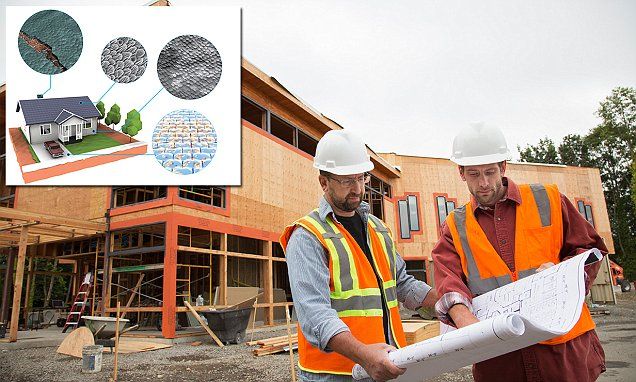
Smart homes that repairs themselves. Why not since 4D-Printing enables self-assembly.
DARPA has unveiled the Engineered Living Materials program that combines living systems with traditional building materials for on-demand and self-repairing material that cuts cost and energy.
Continue reading “DARPA’s new program engineers building materials with living systems” »

